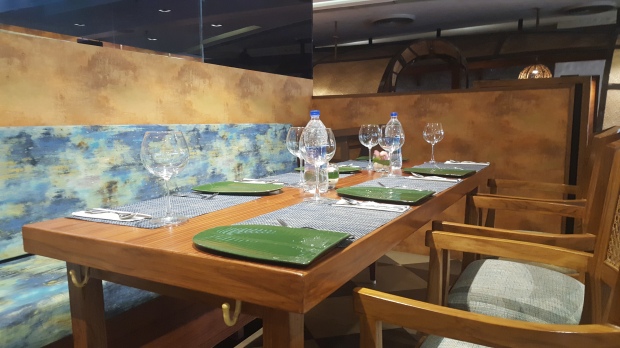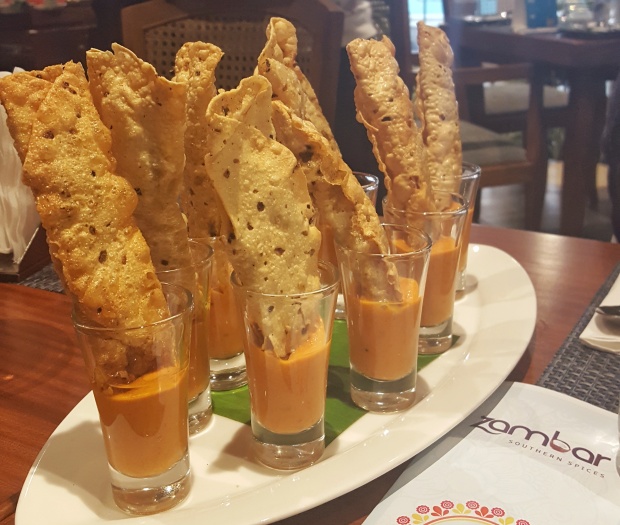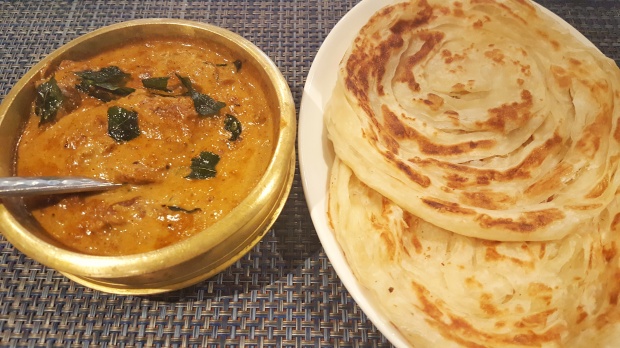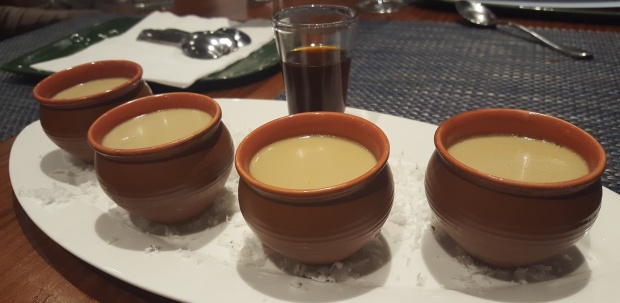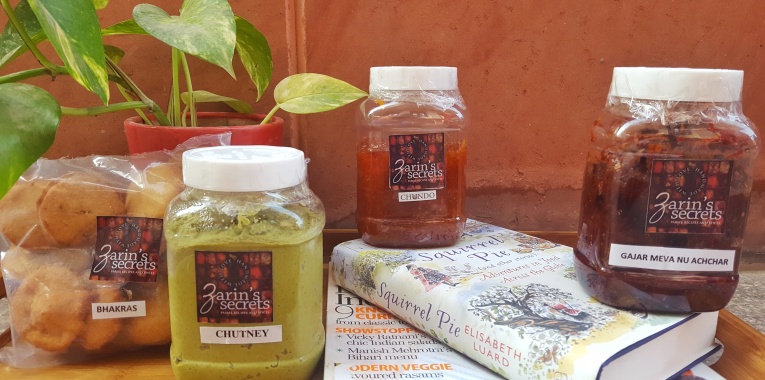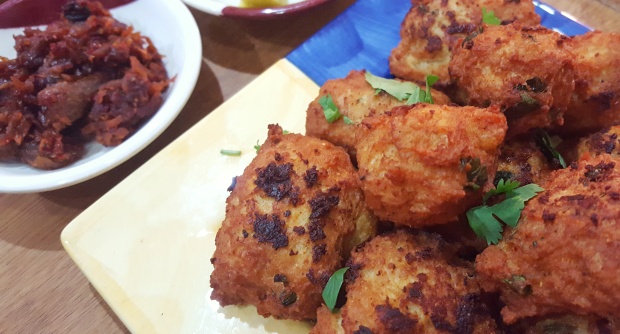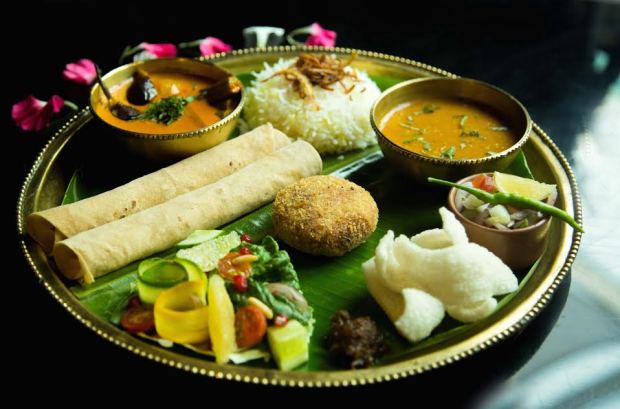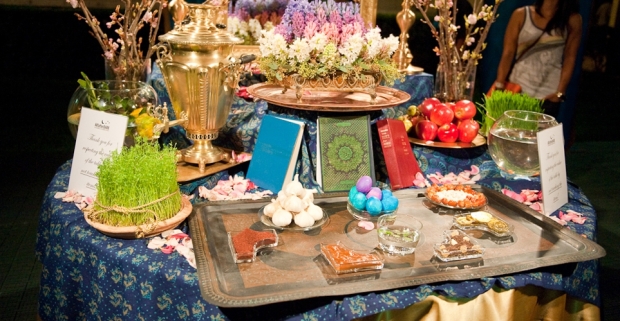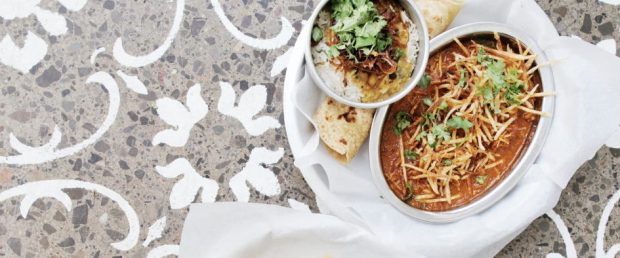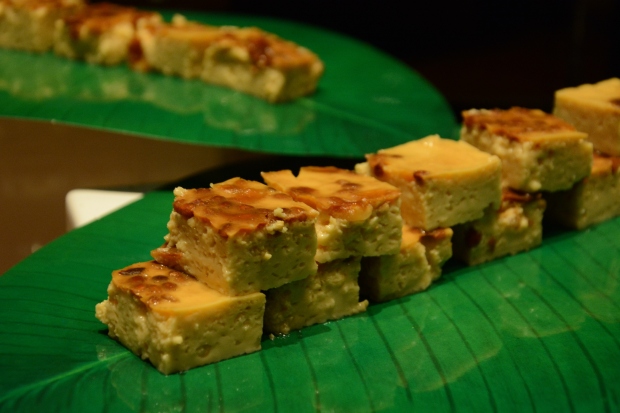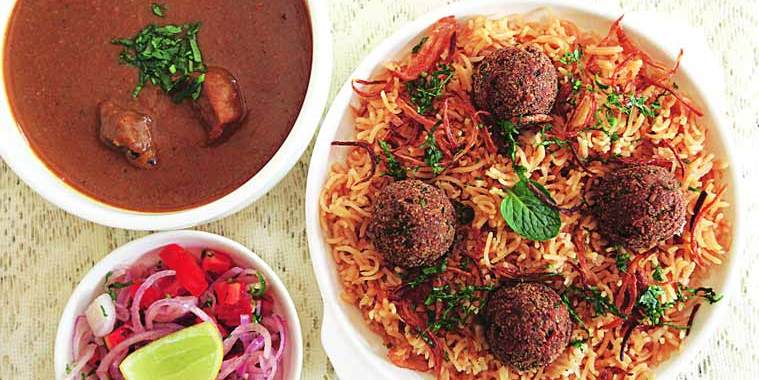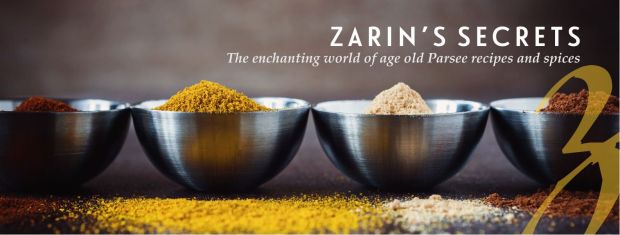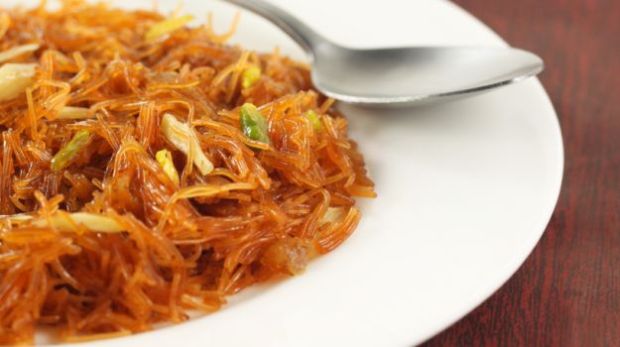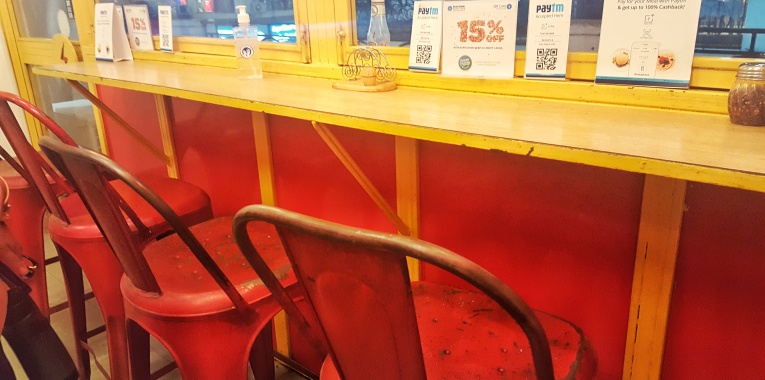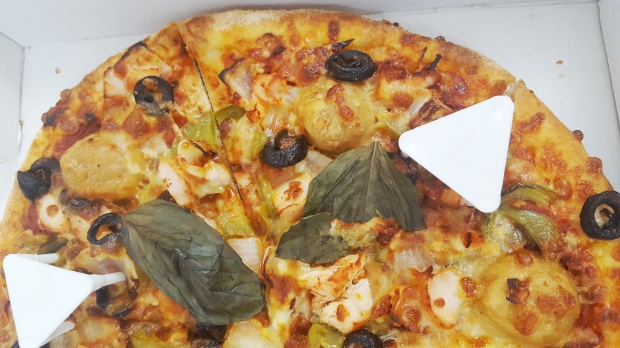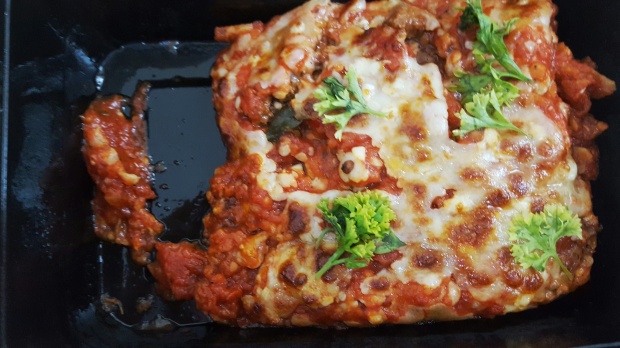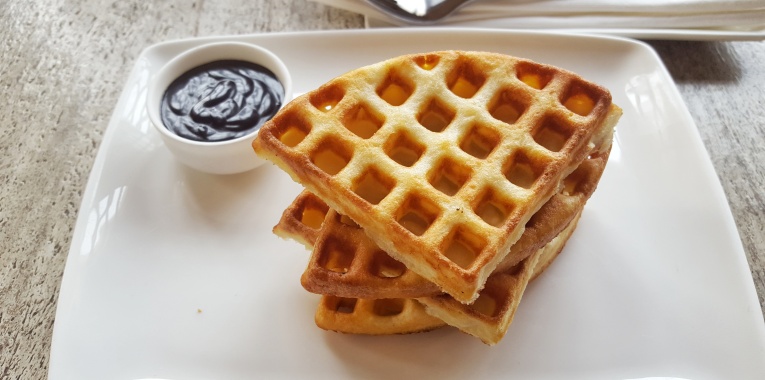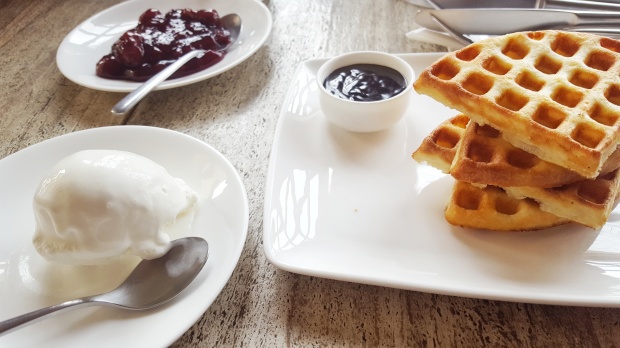If you have grown up visiting Pandara Road, you already know about Gulati’s. Living in Delhi, it was a place I visited quite often and while I don’t remember much about the food, I do remember everyone gushing about it (I was quite young at the time). So, when I got a chance to visit Veg Gulati, I was more than delighted. Having discussed about the place last night with my father and armed with stories about how it was established, I set out to learn everything there was about this iconic place.
Veg Gulati boasts of a warm humble vibe which makes it feel more like a family abode than restaurant. It was lunch hour and all tables were filled, except one corner table reserved for us, which we would have lost if we were even 5mins more late (you should probably be prepared for waiting on most days). The place was bustling with families gossiping & eating at the same time, waiters serving and everyone smiling, there was a sense of simplicity in the surroundings. A narrow path led us to the table and while the place is quite cramped, it all blurs away once the food hits the table. Ironically enough, this nostalgic place felt like a breath of fresh air.
After being introduced to Mr. Praveen Gulati (owner of Veg Gulati and son of Mr. F.C. Gulati, founder of Gulati’s chain), I began to understand just how this brand represents everything f&f. It’s a place you visit for a cozy dinner with family, to enjoy an experience which makes you all feel close, and not for theatrics or ambience. The interiors are done by Mr.Gulati’s daughter and the social media is managed by his son, making it completely family owned & run. They have everything written in Hindi & English, owing to their respect for the national language and the fact that many old age people cannot read English (intent on making everyone feel equal and to be able to read the menu & order for themselves).
We are usually reluctant of visiting Mughlai and North Indian restaurants, thanks to the generous amounts of cream, ghee and heavy feeling later, but this one might just surprise you. Mr. Praveen himself visits the vendors to ensure they get premium quality vegetables & other ingredients which are fresh, even the purees are made from scratch in-house. When they decided to include soy chaap in the menu, he searched the whole city to ensure that it is 100% soy with no traces of maida. Though ghee is more traditional, they have shifted to Fortune refined oil because of demand and ensure that it’s used with a judicious hand. All ingredients are fresh and flavourings are avoided, overall making their food a much more healthier choice when opting for this cuisine. One thing I can assure as a customer, no matter how much you stuff yourself (because I sure did) you will not be leaving with a heavy feeling in your tummy forcing you to hit the bed.
Pure, Delicious & Divine – the board outside reads and Mr.Praveen stands by it. Every day the food is first offered to god as bhog and then tasted by him & the chefs, before serving. The cutlery is steel and even though most restaurants have evolved to bone china, Mr. Praveen quotes “bone china isn’t pure and we can’t tarnish the purity of our food by serving it in impure plates.”
After long discussions about the restaurant, we moved forward to eating and boy, was I excited! First in, dahi kebabs and they looked scrumptious, fried yet not oily. A beautiful crust outside broke into smooth creamy centre as I drove a fork through it. The flavour was uniquely sweet, sour and salty at the same time. Made with hung curd and not cream, these had me mesmerised; I could probably gobble a whole serving alone.
Next up, tandoori stuffed mushrooms. I am not a huge fan of mushrooms but was pleasantly pleased with these. Infused with tandoori spices and filled with cheese in the centre (not loaded, just a tiny bit) I quite enjoyed their smoky flavour.
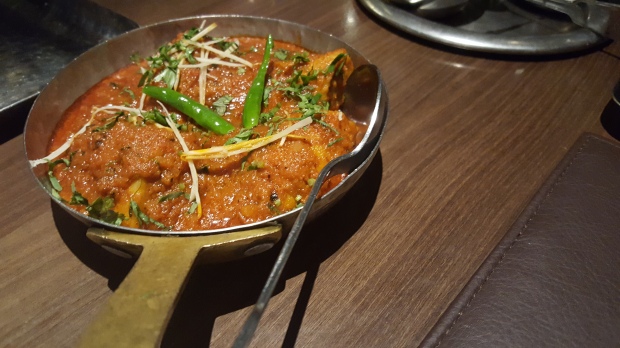
For Main Course, we opted for soy chaap masala which melted in the mouth and paneer afghani, which I absolutely cannot forget. Both stellar dishes, they stood out for balance, with spices that sing on the palate instead of overpowering. Accompanied by chur-chur parantha (a healthy version of Amristari chur-chur naan) I forgot all about the surroundings while blissfully gorging till end.
Ending with kheer infused with gajar and ghiya, I was in love. Not overly sweet, it was like health gods blessing on the combination of rice & carrots. Served in steel goblets, it looked just as royal as it tasted.
Overall, Veg Gulati feels like a ray of sunshine in a city drowning with theme restaurants, “gastronomic” food, “fusion” cuisine, modern twists and more often than not average pubs & lounges. I for one am extremely tired of everyone trying to revolutionise food by creating absolutely random things in the name of gastronomy. A watermelon topped with feta cheese is lauded whereas, a wholesome bowl of dal, made with a much more intricate process, is obliviously ignored. Such are the times. Simplistic food has just…disappeared. Thus, every once in a while, a visit to Veg Gulati is much needed, to guide us to our roots and remind us of how majestic our cuisine is (or can be, if done right).
Disclaimer: The review is not sponsored and in no way biased or influenced.
Featured Image Courtesy: Veg Gulati


